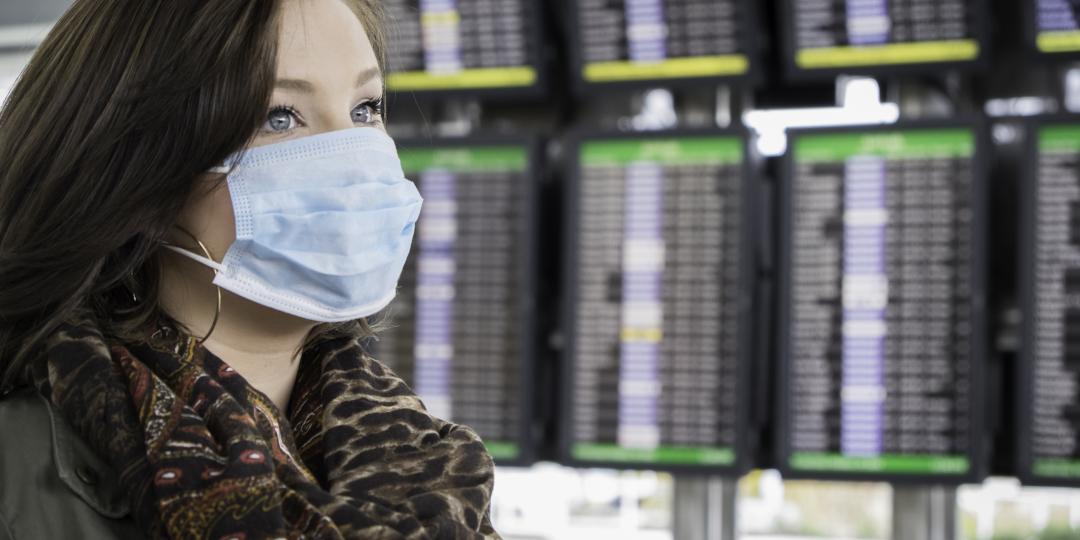When air travel eventually resumes it is unlikely to look as it did pre-COVID-19. So what in the passenger’s experience will change?
Linden Birns, MD of Plane Talking, told Tourism Update’s sister publication, Travel News: “What’s clear is that on a temporary basis, i.e. until a COVID-19 vaccine is globally available, airports and airlines will need to implement a set of measures and procedures that will reduce the risk of infection and enable people to safely and confidently travel by air.”
A recent development, physical distancing of passengers by leaving aircraft middle seats empty, is not supported by Iata. In a press release, the organisation said evidence showed that the risk of virus transmission on board aircraft was low, even without special measures. It would shift the economics of aviation by slashing the maximum load factor to 62%, well below the average industry breakeven load factor of 77%. With fewer seats to sell, unit costs would rise sharply. Airfares would need to go up dramatically – between 43% and 54% compared with 2019 rates, just to cover costs, Iata said.
Birns agrees that the aircraft cabin in itself is a very safe and low-risk environment. “The quality of air supplied in the cabin of a modern jetliner ranks alongside hospital operating theatres and industrial clean rooms. All modern airliners use an air circulation system that relies on the continual supply of 100% fresh outside air, or a 50:50 mixture with recirculated air, but with all of the air scrubbed clean by High Efficiency Particulate Air (HEPA) filters, which are 99,97% effective in blocking airborne transmittable viruses like COVID-19.
“However, the risk is increased when people who are unwell with, or carrying, the virus, enter that space and remain in it for prolonged periods of time.”
Just as airports use X-ray machines and other scanners to detect explosives being carried on to an aircraft, a similar approach to bio-security will be required, with airports providing an important final barrier to stop unwell people getting on a flight, said Birns. “It will be important for government and all industry role-players to mount a public awareness campaign that reminds people not to go to an airport or get on a plane if they are not well.”
He said airports would have to provide configured departure and arrivals facilities for social distancing, as well as screening to identify anyone presenting with symptoms. “At some point, people may even be issued with a COVID-19 card or passport, just as we have for yellow fever and other inoculations, which would have to be read by airport bio-security scanners. On that score, in South Africa, this will probably result in the acceleration of contactless processing for passenger check-in and biometric scanning for immigration.”
He foresees that there may also be a temporary restriction on allowing ‘meeters and greeters’ to access airport terminals, and on landside retail outlets and eateries.
Air France recently announced that it would be compulsory for its passengers and crew members to wear a mask throughout their journey when flights resume. This is in addition to other measures implemented by the French carrier and its partners. These include the modification of customer channels on the ground, and the installation of Plexiglas protection screens at airports where possible; the implementation of physical distancing on board where possible; the reinforcement of daily aircraft cleaning procedures; and adapting in-flight service to limit interaction between customers and crew members.























